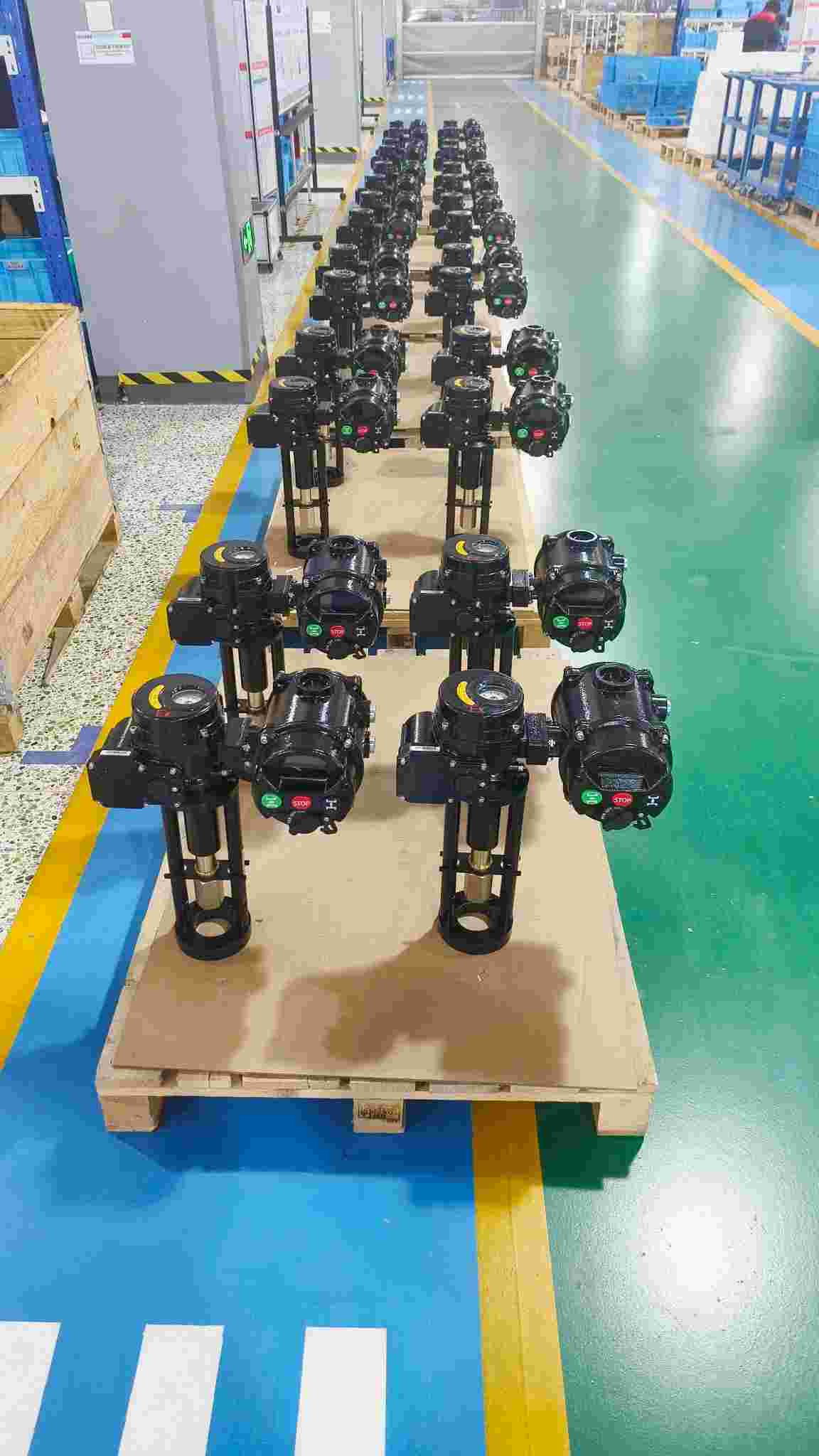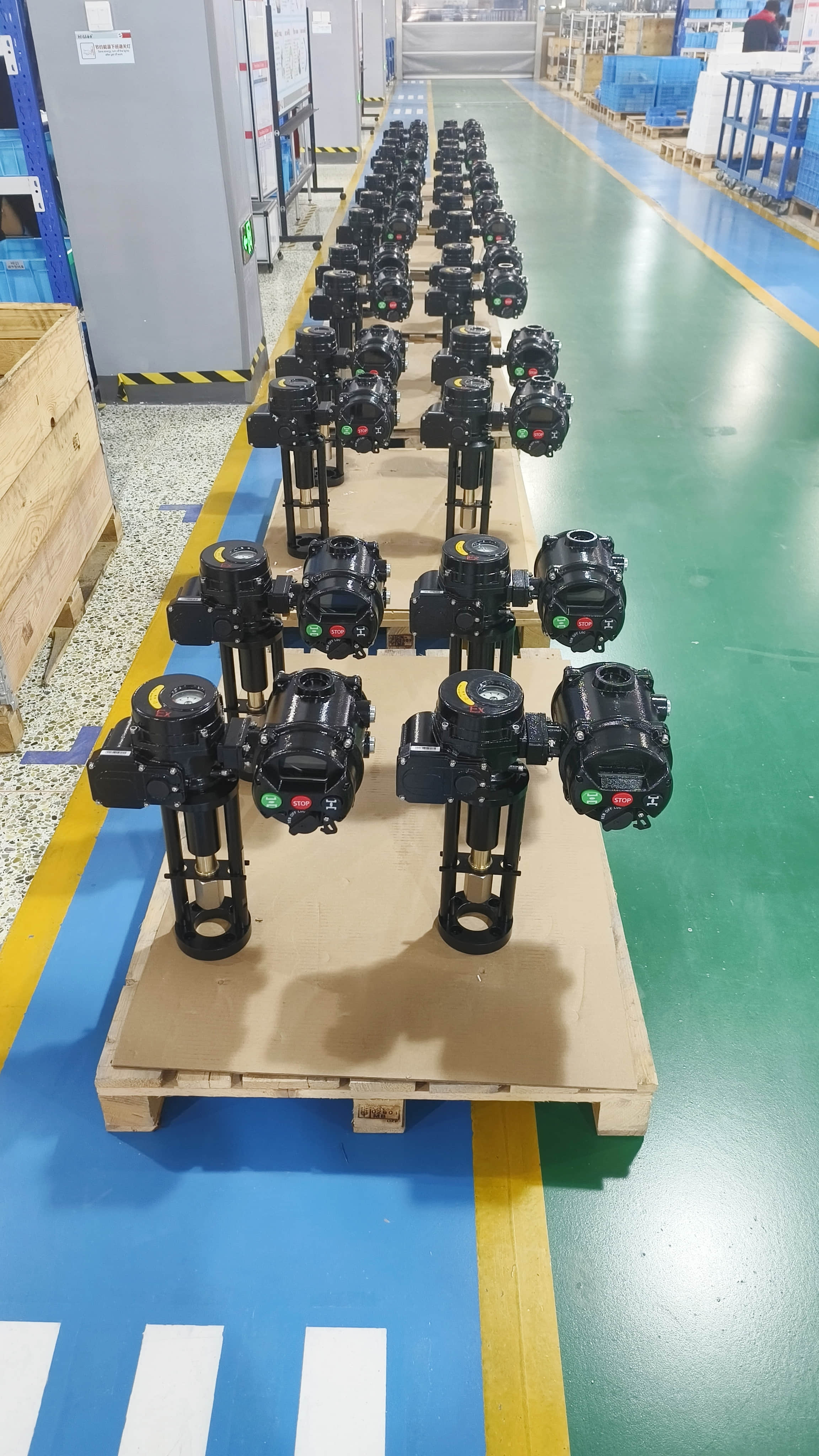
In the rapidly evolving world of technology, intelligent systems are becoming increasingly vital in driving innovation across various industries. One such innovation is the Intelligent Integrated Actuator (IIA), a device that combines sensors, controllers, and actuators into a single, integrated unit. This technology is not only redefining how actuators function but is also playing a pivotal role in shaping the future of automation, robotics, and other advanced technologies. In this article, we will explore the key characteristics, benefits, and applications of Intelligent Integrated Actuators, while also looking at their potential future developments.
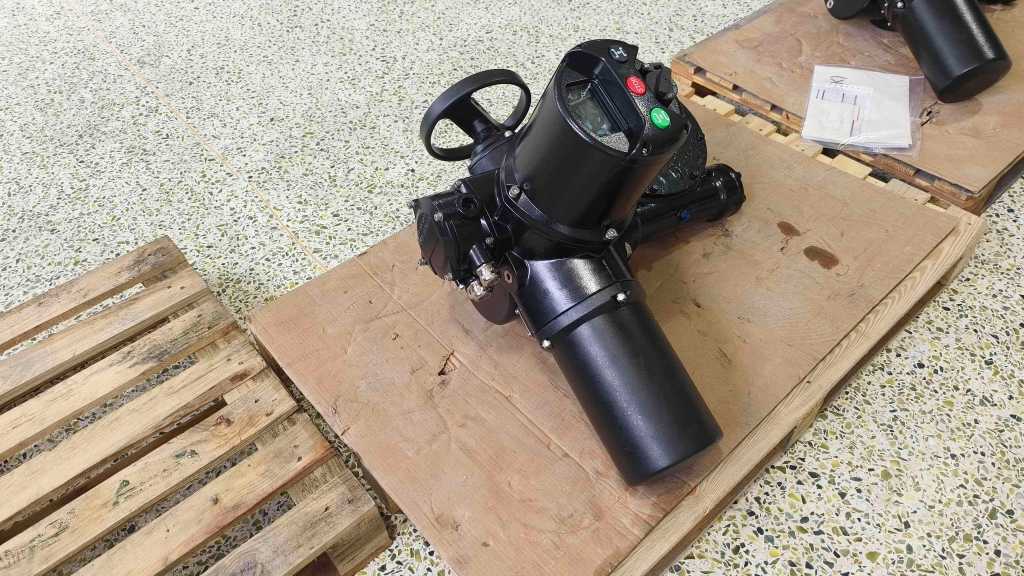
What is an Intelligent Integrated Actuator?
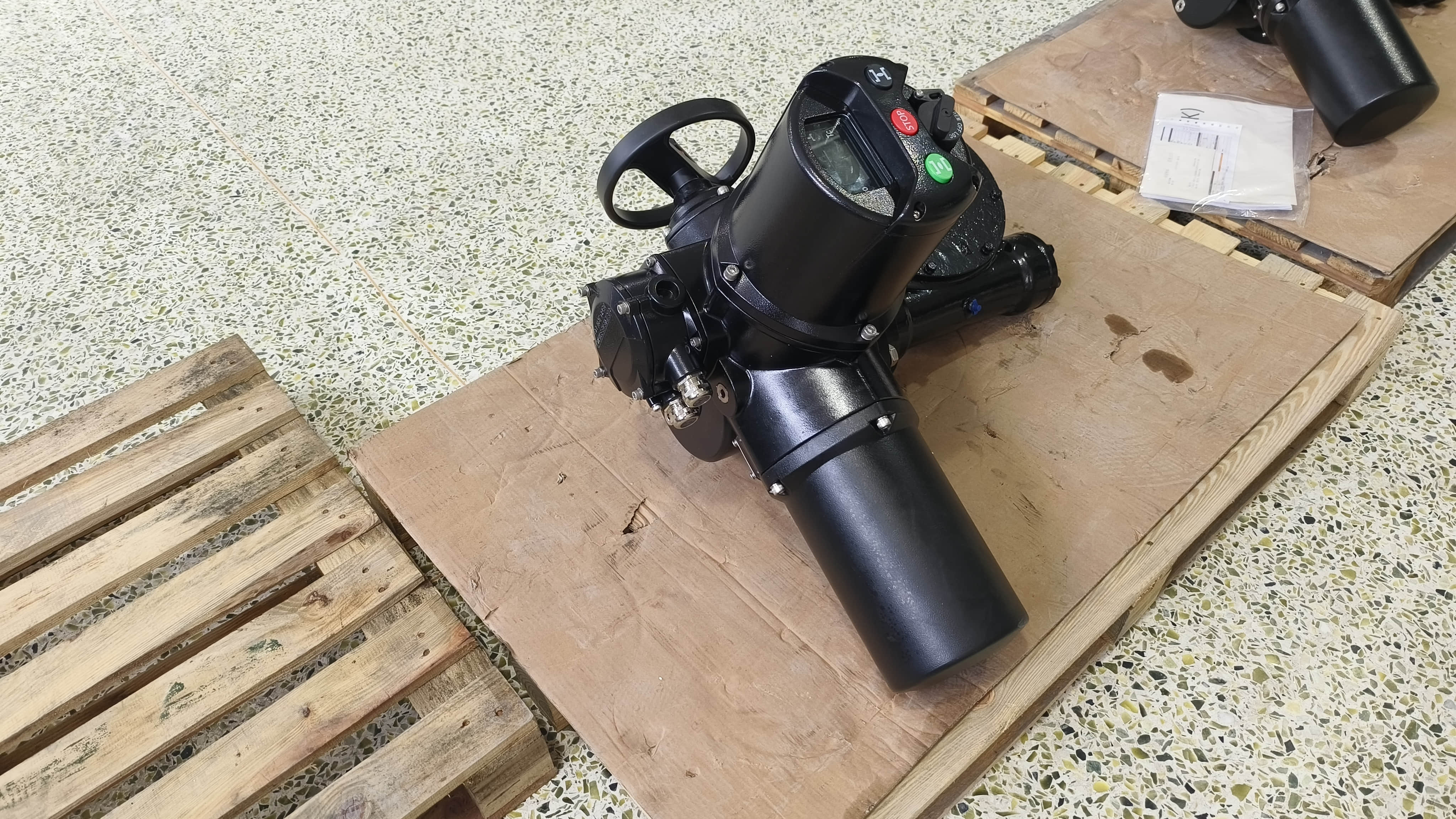
An Intelligent Integrated Actuator is a type of actuator that integrates various functions, such as sensing, control, and actuation, within a single unit. Unlike traditional actuators, which require separate components for sensing, processing, and executing commands, IIAs combine these capabilities into a compact, multifunctional device. This integrated approach enhances efficiency, reduces system complexity, and improves overall performance.
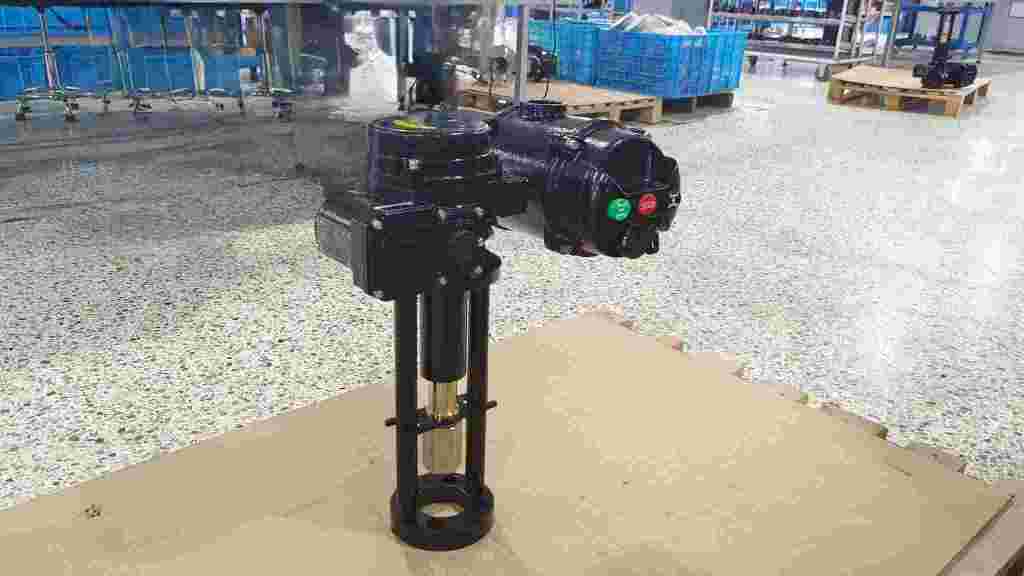
The core components of an IIA typically include an actuator (which generates mechanical motion), a sensor (to monitor the environment or the system's state), and a controller (to process information and determine the appropriate response). These components work together seamlessly, allowing the IIA to make real-time decisions based on sensory input, execute precise actions, and adapt to changing conditions.

Benefits of Intelligent Integrated Actuators
